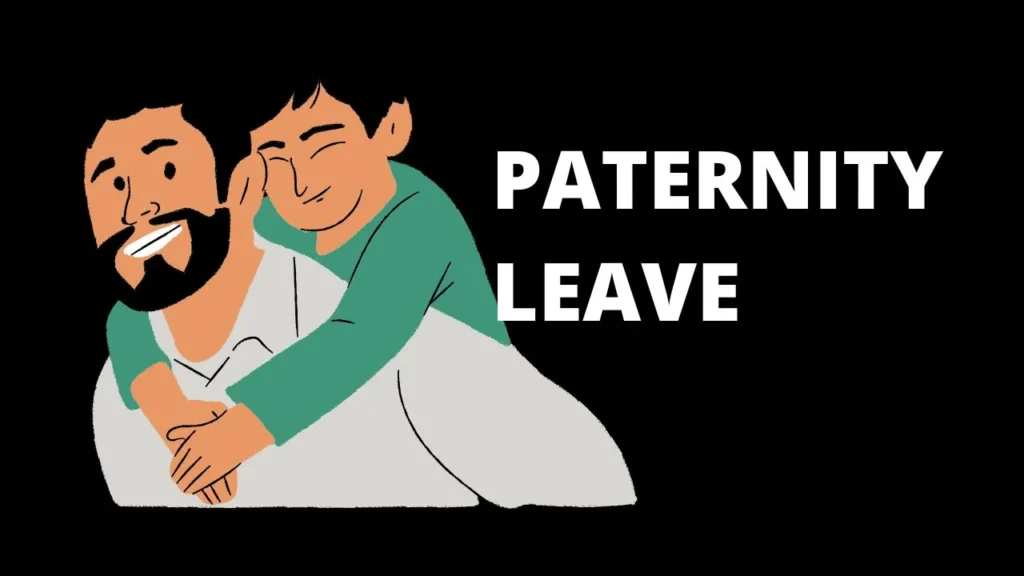
Contents
Paternity Leave: A Comprehensive Guide for Government Servants
Paternity leave is an important benefit for male government employees, ensuring they have time to support their families during crucial moments such as childbirth or adoption. Here’s everything you need to know about paternity leave, its eligibility, duration, and conditions.
Becoming a parent is a life-changing event that requires both emotional and practical support. For male government employees, paternity leave offers the much-needed time to be present during the birth or adoption of a child. However, understanding the eligibility, duration, and conditions surrounding this leave is essential to fully benefit from it. Let’s break down everything you need to know about paternity leave.
Eligibility & Duration
Paternity leave is granted to male government employees, including apprentices, who have fewer than two surviving children. The leave duration is 15 days and can be taken either:
- Up to 15 days before childbirth, or
- Within 6 months after the child’s birth.
It’s important to note that if the leave is not utilized within these time frames, it will lapse.
Paternity Leave for Childbirth (Including Surrogacy)
Whether a child is born through natural birth or surrogacy, the conditions for paternity leave remain the same. A commissioning father, which refers to a man who intends to be the father of a child born via surrogacy, is eligible for 15 days of leave, just like any other father. This leave must be taken within 6 months from the date of birth.
Paternity Leave for Child Adoption
In cases of child adoption, male government employees are also entitled to paternity leave. The conditions are as follows:
- For pre-adoption foster care: The employee can avail 15 days of leave after accepting a child in pre-adoption foster care.
- For adoption: If a male employee adopts a child below the age of one year, he is eligible for 15 days of paternity leave.
However, if the pre-adoption foster care does not result in a valid adoption, any paternity leave already availed will be deducted from other available leave.
Pay & Allowances
While on leave, the government servant will receive leave salary equivalent to the pay they were drawing immediately before going on leave. This ensures that the leave doesn’t cause any financial hardship during such an important period.
Combination with Other Leave
Leave is flexible and can be combined with other types of leave. except casual leave, earned leave, or any other type, employees can integrate their paternity leave with other leave types to meet their needs.
Leave Account & Lapse
Unlike other types of leave, PL is not debited against the leave account. However, if it is not availed within the prescribed time (before childbirth or within 6 months after birth), the leave will lapse and cannot be carried forward.
Granting of Leave
Leave is generally not refused under any circumstances, ensuring that male government employees can take time off to care for their families without hurdles. This policy recognizes the importance of a father’s role in the early stages of a child’s life and provides crucial support for family bonding.
Conclusion: Paternity leave is a vital benefit for male government employees, allowing them to take time off during the important moments of childbirth or adoption. Whether through natural birth, surrogacy, or adoption, government servants can avail 15 days of paid leave to bond with their new child. Understanding the eligibility criteria, duration, and conditions surrounding paternity leave ensures that fathers can make the most of this entitlement without missing out on valuable time with their families.
Make sure to plan your leave within the given timeframes and know your rights to support your family during one of the most memorable moments in life.
Also Read
Unified Pension Scheme Gazette Notification 2025
8th Pay Commission News and overview

